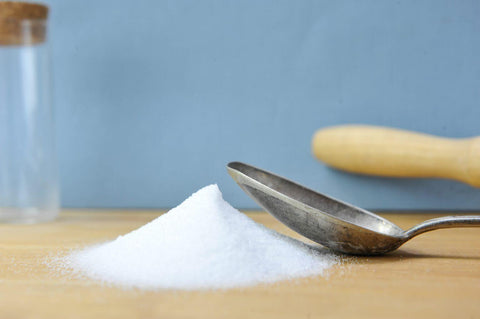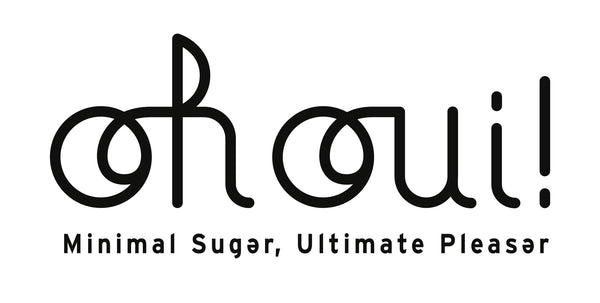When you're watching your blood sugar, your health or simply your figure, traditional refined white sugar should be avoided. Indeed, traditional sugar has a GI of between 70 and 80 depending on the variety. It therefore has a strong impact on blood sugar levels and causes an insulin spike.
But if you want to make pastries at home, or simply add a sweet touch to your desserts, selecting the right sugar can become a real headache. Which sugar to choose, how to use it, or what to combine it with? We answer these questions!
Coconut sugar
Coconut sugar (or more precisely coconut flower sugar) comes from the sap of the coconut flowers. This sap is extracted, then heated to obtain a thick syrup. Once dried, the mixture is crushed to obtain granulated sugar. This crystallization step allows to obtain the same properties as the classic sugar: it will be able to caramelize during cooking, and bring crunchiness to your desserts (crumbles, shortbread, cookies). The GI of coconut sugar is much lower than traditional sugar: with a GI of 35, it will bring a greedy touch without making the glycemia soar. Its slightly amber taste will give character to your creations! Thanks to its higher sweetening power than white sugar, half the indicated weight will suffice: replace 100g of white sugar by 50g of coconut sugar.

Agave syrup
Agave syrup comes from the sap of the agave plant, a cactus that is very common in Mexico. The sap is heated to obtain a syrup, which can be used for both hot and cold mixtures. This syrup also dissolves easily in tea, coffee or other drinks. Its GI of 15 allows you to enjoy it without impacting your blood sugar level. Given its liquid nature, prefer it in creams and ganaches. It will bind your preparations perfectly, and contribute to a smooth texture... Like coconut sugar, agave syrup has a stronger sweetening power: to replace 100g of white sugar, 50g of agave syrup will suffice.

Grape sugar (fructose)
If coconut sugar and agave syrup are easily available in your supermarkets, this sugar is for the moment reserved for professional circuits. We use it in our recipes because of its low GI (21) and its granular nature, which allows us to obtain crunchy and greedy textures in our pasta. Although it is neutral in taste, it is important to limit its consumption (50g/day), as excessive consumption could strain the liver. You will find several fructose syrups on the market, similar to agave syrup in terms of use and taste.

Honey
All honeys are different, since each one comes from a hive with very specific properties. A classic honey has a GI that varies between 55 and 60, which is lower than classic sugar. Acacia and chestnut honey have a GI between 35 and 55 depending on the variety: they are therefore to be preferred. Like agave syrup, honey will fit perfectly into your cream and ganache preparations, adding a floral touch, depending on the variety selected. To replace 150g of sugar, use 100g of honey.

The maple syrup
Maple syrup comes from maple sap: the process is similar to agave syrup. The sap is collected, heated until a thick syrup is obtained, then filtered. The GI of maple syrup is slightly lower than white sugar: between 50 and 60. It is also less caloric, with 260Kcal per 100g (versus 400Kcal for 100g of white sugar). It will bring a greedy amber note to your desserts, and goes particularly well with vanilla. Be sure to select your variety of maple to ensure it is of good quality: the producer's contact information must appear. Otherwise, there is a good chance that it is an imitation cut with corn syrup. Choose maple to enhance yogurt or homemade whipped cream, and enjoy!










